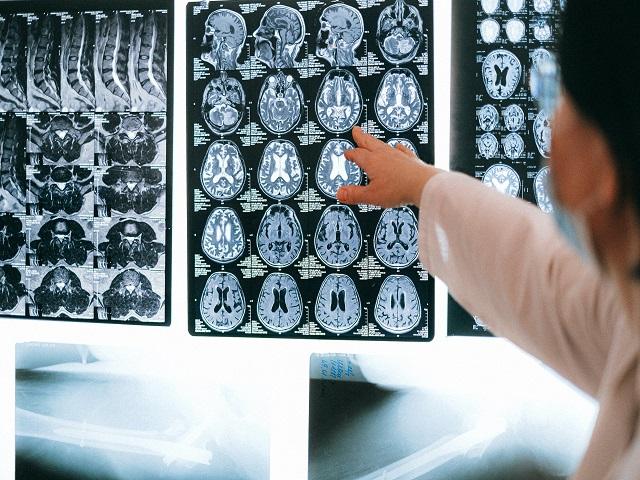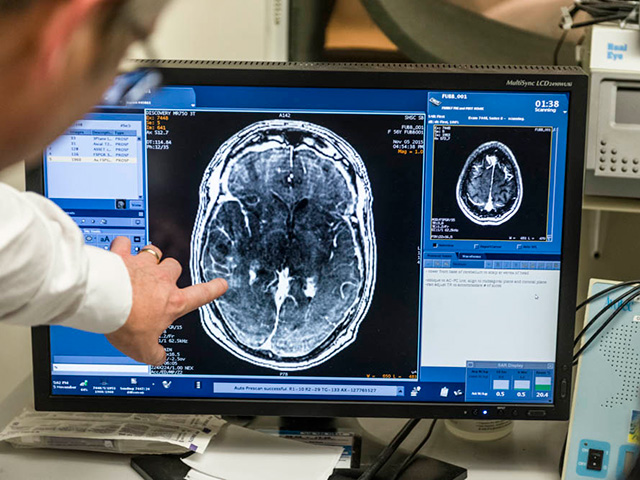
Creativity in Enhancing Brain Function
Creativity is the ability to come up with original and innovative ideas, solutions, and concepts. It is an essential skill that is not only required in the arts but also in science, technology, engineering, and many other fields. Creativity is often associated with imagination, intuition, and divergent thinking, which is the ability to generate multiple ideas from a single source. In recent years, researchers have discovered that creativity plays a significant role in enhancing brain function. In this blog post, we will explore the role of creativity in enhancing brain function and how you can cultivate your creative skills.
The Brain and Creativity
The brain is a complex organ that is responsible for our thoughts, emotions, and actions. It is made up of billions of neurons that communicate with each other through synapses. The brain is divided into several regions, each of which is responsible for different functions. For example, the frontal lobe is responsible for decision-making and planning, the parietal lobe is responsible for spatial awareness, and the temporal lobe is responsible for memory.
The creative process involves several regions of the brain working together. The prefrontal cortex, which is located in the frontal lobe, is responsible for generating and evaluating ideas. The parietal lobe is responsible for visual and spatial processing, which is important in generating mental images. The temporal lobe is responsible for memory and association, which helps us connect different ideas and concepts.
Creativity and Brain Plasticity
Brain plasticity refers to the brain’s ability to change and adapt throughout life. The brain is not a fixed structure, and it can reorganize itself in response to new experiences and learning. Studies have shown that engaging in creative activities can enhance brain plasticity, which can lead to improvements in cognitive function.
For example, a study conducted at the University of Texas found that participants who engaged in creative activities such as painting, drawing, and collage-making showed increased connectivity between the default mode network (DMN) and the executive control network (ECN) in the brain. The DMN is responsible for mind-wandering and daydreaming, while the ECN is responsible for cognitive control and decision-making. The increased connectivity between these networks suggests that engaging in creative activities can enhance cognitive flexibility and problem-solving abilities.
Another study conducted at the University of California, Berkeley, found that engaging in creative activities can increase the density of white matter in the brain. White matter is responsible for connecting different regions of the brain and plays a critical role in cognitive function. The study found that participants who engaged in creative activities such as writing, drawing, and painting had higher levels of white matter density in the prefrontal cortex, which is responsible for executive function.
Creativity and Mental Health
Creativity has also been linked to mental health. Studies have shown that engaging in creative activities can improve mood, reduce stress and anxiety, and increase feelings of well-being. For example, a study conducted at the University of Westminster found that participants who engaged in creative activities such as knitting and crocheting reported lower levels of stress and anxiety compared to those who did not engage in creative activities.
Creativity can also be used as a therapeutic tool in the treatment of mental health conditions such as depression and anxiety. Art therapy, for example, involves the use of creative activities such as painting and drawing as a means of expression and communication. Art therapy has been found to be effective in reducing symptoms of depression, anxiety, and post-traumatic stress disorder (PTSD).
Cultivating Creativity
So how can you cultivate your creative skills? Here are some tips:
Set aside time for creative activities. Make time in your schedule for creative activities such as writing, drawing, or painting. Even just 15 minutes a day can make a difference.
Take risks. Creativity requires taking risks and being willing to fail. Don’t be afraid to try new things and experiment with different ideas.

Seek inspiration. Inspiration can come from anywhere, so expose yourself to a variety of experiences and sources of inspiration. Read books, watch movies, listen to music, and explore new places.
Collaborate. Collaborating with others can help spark new ideas and provide a different perspective. Consider joining a creative group or participating in a workshop or class. For more articles, information, and resources on cognitive enhancer, be sure to visit their page to learn more.
Embrace challenges. Challenges and obstacles can be opportunities for growth and innovation. Embrace challenges as a chance to think outside the box and come up with new solutions.
In conclusion, creativity plays a significant role in enhancing brain function, improving cognitive flexibility, and promoting mental health. Engaging in creative activities can increase brain plasticity, improve mood, and reduce stress and anxiety. By cultivating your creative skills, you can unlock your potential for innovation and problem-solving, leading to personal and professional growth. So make time for creativity, take risks, seek inspiration, collaborate, and embrace challenges. Your brain will thank you for it.

Does CBD Work Against Anxiety?
You May Also Like

How to Trade For a Living
May 13, 2019
Bad Debt Unsecured Personal Loans
January 4, 2022

